Peony Duchesse de Nemours
Fashion is changeable, and this is true for ornamental plants, too. Most types of flower crops do not stay on the podium for a long time. However, there are exceptions to this rule. One of them is the peony Duchesse de Nemours, whose elegance continues to delight fans of varietal flowers for 150 years.
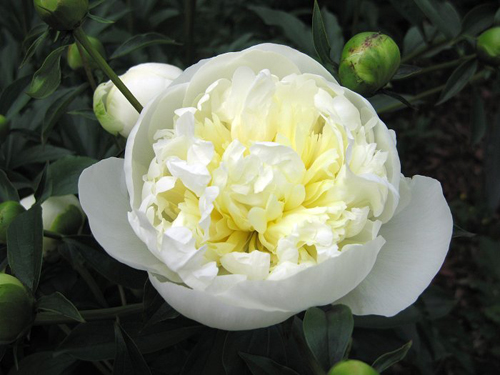
History of creation
The variety is classic and was bred in France by the breeder Kahlo - the author of such varieties of peonies as Reine Hortense, Couronne d'Or, Philomele, Marie Lemoine, Eugenie Verdier. This happened in the middle of the 19th century, when it was very difficult to make one or another decorative culture really popular. This required a noble plant to meet a number of important conditions. These included: terry inflorescences, purity of shades and refined aroma. Duchesse de Nemours possesses all these three qualities, and therefore won the title of the best. However, his divine beauty played an equally important role in this. Today, this variety of flowers is ranked first among similar flowers in Holland.
Description of the variety
Duchesse de Nemours belongs to the group of herbaceous peonies. This is a sprawling, medium-sized shrub with powerful roots and shoots growing in all directions, thanks to which it looks lush and voluminous. He has beautiful leaves: openwork, dissected, bottle green. With the onset of autumn, they turn crimson. Thus, the plant does not lose its attractiveness even after the end of the flowering period.
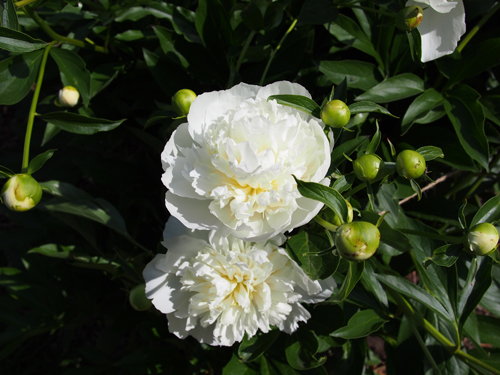
The variety has an elegant appearance due to the presence of milky white buds. Expanding, they reach a diameter of 15-20 cm and resemble a lush, but at the same time, light air cloud. At the base, the double petals, from which the flower is assembled, have a greenish tint. In the center, they are soft yellowish in color and form a crown. The petals on the periphery are absolutely snow-white. When you look at the inflorescences, you get the feeling that they are glowing from the inside. The buds smell nice - their delicate sweetish aroma is akin to the fragrance of lily of the valley.
Duchesse de Nemours is a mid-late flowering cultivar. Refined flowers appear on the French handsome man closer to the middle of summer. The flowering period of the noble plant lasts from 15 to 20 days. The peony always blooms magnificently and profusely. An ornamental shrub can exist in one place for about seven years.
Other features of Duchesse de Nemours: high winter hardiness (the culture is not afraid to drop the air temperature to -40 ° C), good immunity to bacterial and fungal diseases, excellent resistance to cutting, no negative reaction of buds to rain and wind.
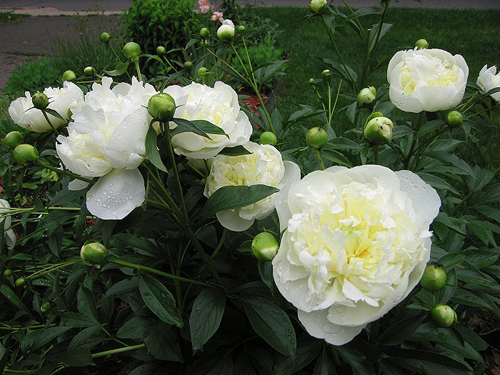
Growing and care
Duchesse de Nemours is not capricious. However, in relation to the plant, it is required to regularly carry out all the basic care measures: watering, weeding, loosening the soil under the flower, feeding. Soil moistening should be more intense in hot weather and less abundant in cool weather. Average water consumption per bush: 2-3 buckets. Water for irrigation is used settled, warm. For the first two years, the plant does not need feeding - they are introduced into the care plan for the third year of the peony's life. Twice a season, organic fertilizer is applied under the bush - for example, humus. In the budding phase, at the beginning of flowering and two weeks after it, Duchess de Nemours needs mineral complexes characterized by a high content of phosphorus and potassium.
Plants are planted in fertile soil with good air and water permeability. It is best if it is a loamy soil with a slightly acidic reaction. In order to reduce acidity, lime is introduced into the substrate. To plant a peony, dig a hole 60 cm deep. A layer of drainage material is placed on the bottom, then 2/3 the hole is filled with earth and superphosphate is added. Garden soil is poured on top. The recommended composition of the soil mixture: peat, humus, garden soil, sand in equal parts. When planting, a distance of 1 meter or more is observed between the plants.An ornamental shrub is planted in a sunny place, although it also tolerates shade well. It is better to protect the variety from drafts, but even if this condition is not met, the culture will not suffer too much from this. In the fall, the bush is cut at soil level. This is done after the first frost. It is not necessary to shelter Duchesse de Nemours - for a normal wintering, a layer of snow is enough for him.
Under unfavorable weather conditions and insufficiently good care, the peony can be affected by gray rot, brown spot, rust and ring mosaic. Any fungicide will come to your aid here. Possible pests of the shrub: aphids, ants. From them, the plant will protect Fitoverm or Agrovertin.
Use cases
Landscape designers include Duchesse de Nemours in garden ensembles. It can be both group plantings and flower beds, and mixed compositions. Duchesse de Nemours looks especially advantageous in combination with peonies, whose buds are painted in brighter colors: yellow, red, pink. Irises, poppies, daylilies, bells will make an excellent company with European culture. Shrubs of this variety look great alone against the background of a green lawn, as well as being planted along the fence. It is a suitable plant for mixborders. From shoots with lush flowers, florists form bouquets: homogeneous or combined. The buds with delicate petals do not lose their shape and remain fresh in water for two weeks.
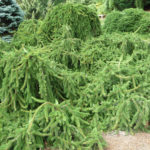
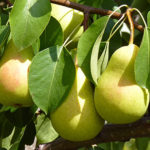

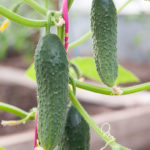





I love peonies for their simplicity and beauty. Of all the varieties, Duchess is, in my opinion, the easiest to grow. Minimum care and maximum pleasure. You need to be very careful when landing. Excessive deepening leads to the fact that the bush grows and does not give buds. I plant in small pieces of rhizome with 2-3 buds at a distance of about a meter from each other. Already by 3-4 years it reaches an impressive size in diameter, so this should be taken into account when planting. The bush needs support: heavy flowers lean to the ground, and if there is a strong wind, then the whole plant falls apart in different directions. It blooms in the first year, but I cut off the buds so as not to deplete the plant. I try to water it abundantly so that the bush blooms profusely and for a long time. This variety has a very delicate aroma, especially after rain. Blooms for a long time.